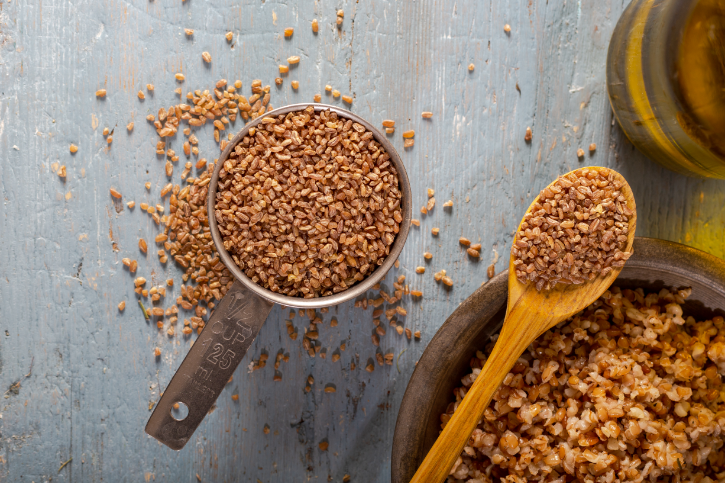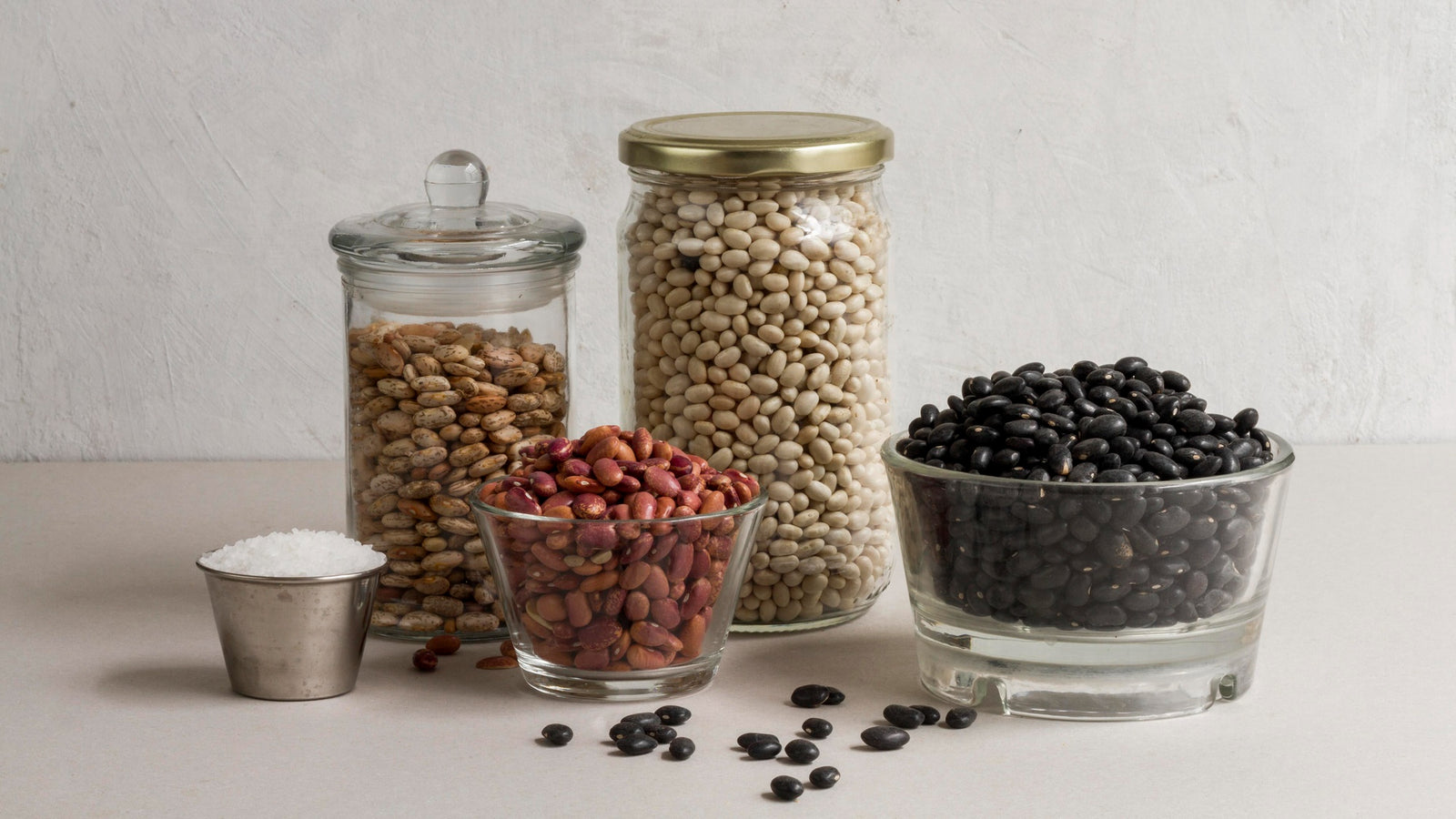
November 29, 2022 2 min read
If you are looking to learn some tips on how to use einkorn, look no further! In this blog, we will be going over three main ways to use einkorn: cooked, as flour, or sprouted.
Einkorn wheat is an ancient grain, which means it is naturally more digestible than other grains. Einkorn is a high-protein grain that also has iron, calcium, potassium, and phosphorus, to name some of its many micronutrients. It is low in gluten and starch, as well as low in calories.
While einkorn is more easily digestible than other grains, sprouting einkorn can help you absorb and digest even more of its many nutrients.

Sprouted einkorn
Soak einkorn in a bowl of water (Note: boil some water and let it cool down to use for this step, it is important to use clean water). Let soak overnight.
Drain the wheat berries and move them to a colander or mesh strainer to let set. To make sure there is good airflow to your wheat berries, spread them out and up the sides of the colander as evenly as possible.
You will need to rinse them every 12 hours, morning and night. Repeat the rinsing and draining process until sprouts are as long as the length of the wheat berries. Store sprouted wheat berries in a jar in the fridge for about one week.
Whole cooked einkorn
To cook einkorn whole, add 2 cups of water for every 1 cup of einkorn wheat berries to a pot. Bring to a boil and then reduce heat to a simmer. Add a pinch of salt to the water and let simmer for 30-40 minutes (until the water is fully absorbed). Fluff with a fork and serve. Try our creamy einkorn risotto recipe for a delicious and hearty meal!

Einkorn flour
Making einkorn flour is very straightforward. All you need is your einkorn wheat berries and a grain mill to grind them in. But another type of einkorn flour you should try is sprouted flour.
Sprouted flour is made from dehydrated sprouted grains that are ground in a grain mill. The sprouting process helps get rid of some of the phytic acid that can stop the absorption of some of the grains nutrients, so sprouted flour contains more micronutrients than regular einkorn flour.
To make sprouted flour, put your sprouted einkorn berries into a dehydrator (or oven on a very low setting) to get rid of any moisture and make it easier to grind. Then grind in a grain mill, and you are done! It is super simple to make and so nutritious!
❤ Try our USDA certified organic Einkorn Wheat Berries ❤
Related Blogs:
Thanks for reading this Be Still Farms Blog article. To sign up for more news/articles and/or recipes, click here. For more about us, click here. To shop our certified organic products, click here.
Please comment and share and we look forward to serving you in the future!
Comments will be approved before showing up.

April 29, 2024 3 min read

April 24, 2024 3 min read
This article explores the unique characteristics and culinary uses of pinto beans, small red beans, and black beans. Highlighting their distinct flavors, textures, and nutritional profiles, the piece delves into how each bean fits into different regional cuisines and cooking methods. From the creamy texture of pinto beans in Mexican dishes to the firmness of small red beans in Caribbean meals and the robustness of black beans in Latin American recipes, this guide offers a comprehensive look at these versatile staples in global kitchens.

April 22, 2024 3 min read
This article traces the journey of organic kasha, also known as toasted buckwheat groats, from its cultivation as a seed to its role in sustainable agriculture and its culinary uses on the dining table. Highlighting the eco-friendly farming practices and nutritional benefits, it delves into how kasha supports both personal health and environmental sustainability. Rich in protein, fiber, and essential nutrients, kasha is celebrated for its unique flavor and versatility in dishes ranging from traditional Eastern European recipes to modern health-conscious meals.
© 2024 Be Still Farms- Real, Fine Organics.
Privacy | Terms | Refund Policy | Organic Certification
